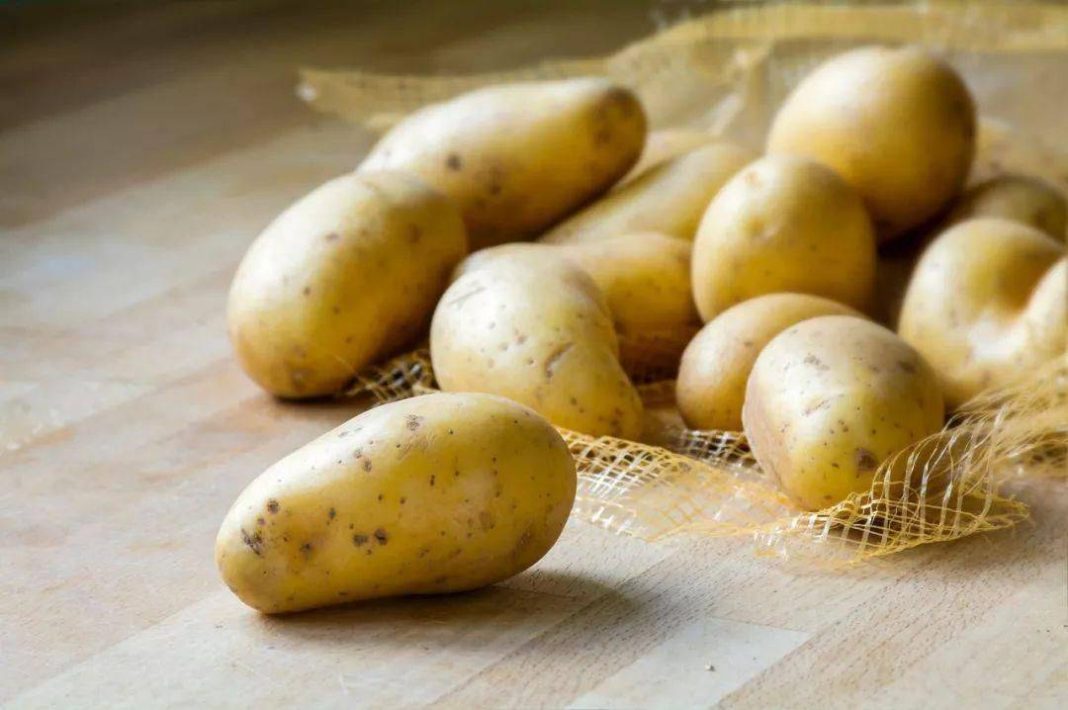In the daily life of “scientific glycemic control,” potatoes, as a common ingredient, are often seen as a “forbidden zone” by diabetes patients due to their high starch content. However, as long as you master the correct way of consumption, potatoes can also be part of a healthy diet. Dr. Valley’s blood sugar control experts share some practical tips to help you enjoy the deliciousness of potatoes while effectively controlling your blood sugar levels.
1. Choose the right variety of potatoes
Common types of potatoes in the market include yellow and white potatoes. Yellow potatoes have a relatively high glycemic index, while white potatoes have a lower one. Therefore, for people who need to control their blood sugar, choosing white potatoes is a better option. Although the difference is subtle, it is crucial for stabilizing blood sugar.
2. Control cooking time and method
The way potatoes are cooked directly affects their glycemic index. The longer the food is cooked and softer it becomes, the easier it is to digest and absorb, leading to a higher glycemic index. Therefore, it is recommended to use quick cooking methods like stir-frying, quick braising, and avoiding stewing or deep frying. Additionally, steaming, baking, and other low-temperature cooking methods can effectively reduce the glycemic index of potatoes, preserving their original taste.
3. Keep the processing simple
The way potatoes are processed also affects their glycemic response. It is best to avoid processing potatoes into mashed potatoes or finely crushed forms because the smaller the particles and the finer the processing, the faster the rise in blood sugar. Conversely, simple processing methods like dicing, slicing, or shredding can better control blood sugar levels.
4. Pair with other foods
Potatoes can be consumed with high-fiber vegetables such as celery, green beans, and bell peppers. This not only increases the feeling of fullness but also slows down the absorption of starch in potatoes, thereby reducing the elevation of blood sugar levels. Additionally, adding adequate protein and fiber, such as chicken and legumes, can make the meal more balanced and aid in stabilizing blood sugar.
5. Add vinegar when cooking
When cooking potatoes, adding some vinegar can be beneficial. The acidic substances in vinegar can slow down the absorption of carbohydrates, thus reducing the glycemic index of potatoes. Furthermore, soaking potatoes in water can remove some starch, further reducing their glycemic effect.
6. Eat potatoes after they cool down
Starchy foods have a lower glycemic index when cooled. Therefore, for those who need to control blood sugar, allowing the potatoes to cool down before consumption is recommended. This way, you can enjoy the deliciousness of potatoes while effectively managing blood sugar levels.
7. Reduce the intake of staple foods
Due to the high starch content of potatoes, it is essential to reduce the intake of staple foods when consuming potatoes. Generally, every 100 grams of potatoes can replace 50-60 grams of cooked rice (equivalent to 25 grams of raw rice). By balancing the intake of staple foods and potatoes, blood sugar levels can be kept stable.
8. Consume potatoes after refrigeration
Potatoes refrigerated form resistant starch, which is less easily absorbed by the body, thereby slowing down the rise in blood sugar levels. If possible, consuming refrigerated potatoes can lead to better glycemic control.
By mastering these tips, even diabetes patients can enjoy the deliciousness of potatoes worry-free. Remember, the key to scientific glycemic control lies in proper combination and moderate intake. While savoring good food, pay attention to your own health too!


